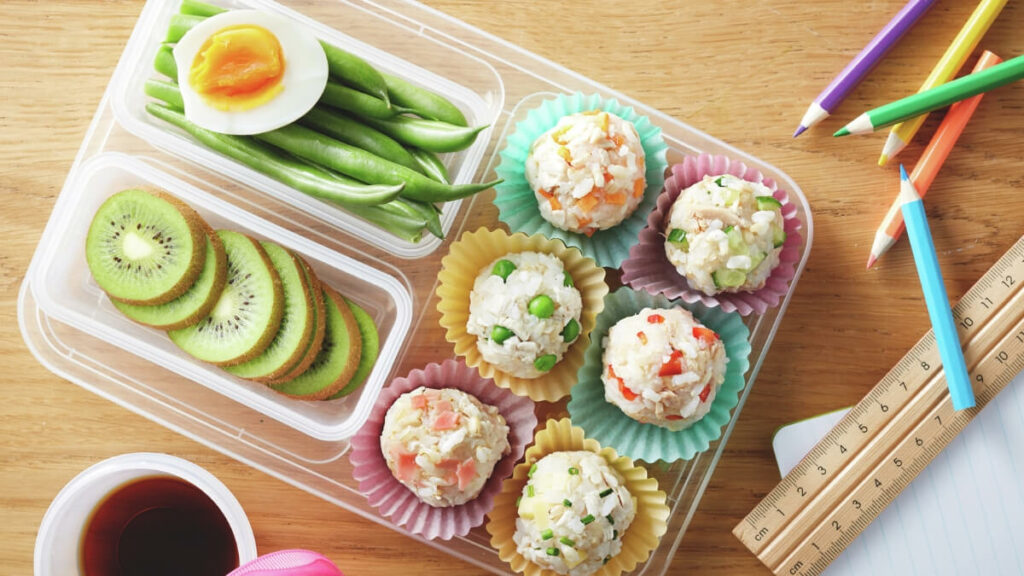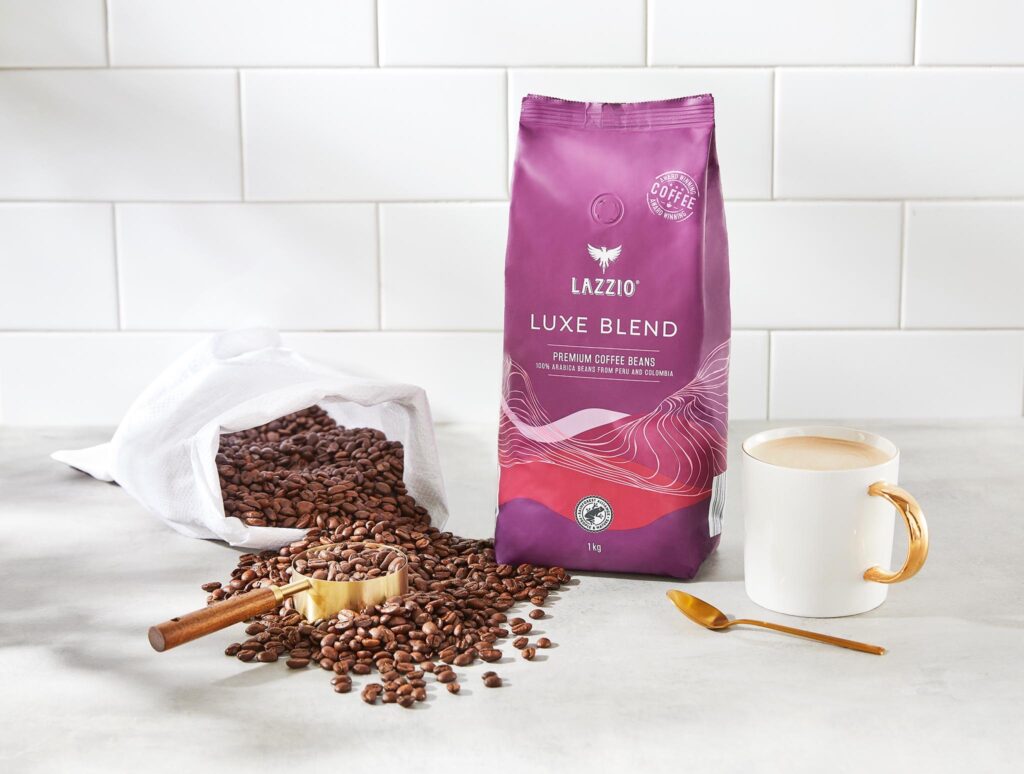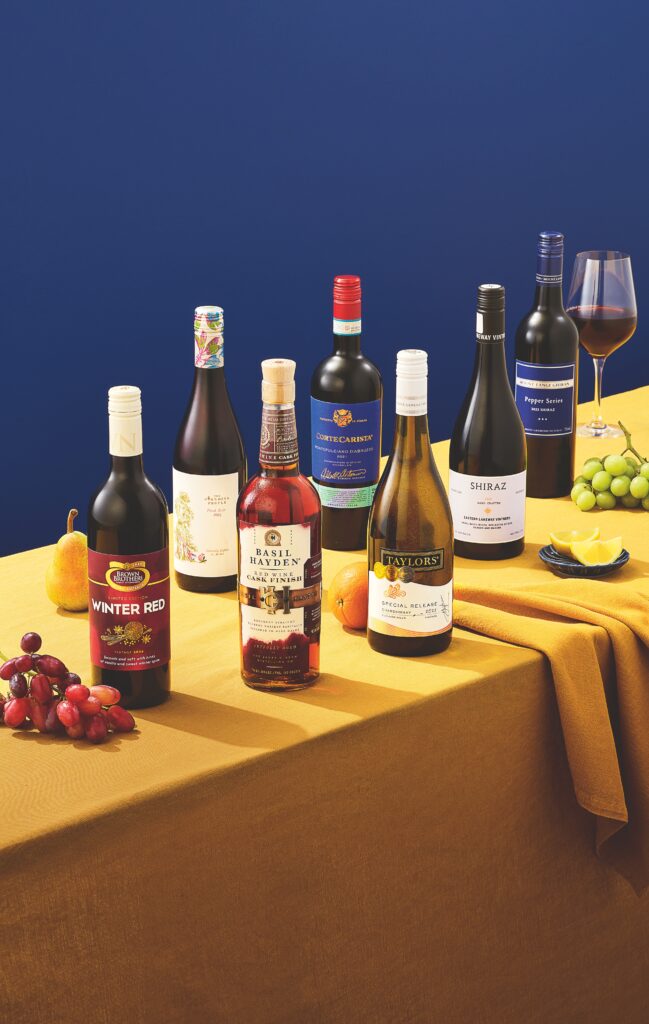By Melissa Meier, Accredited Practising Dietitian and Founder of Honest Nutrition
It’s hard to believe, but that time of year has rolled around already – it’s time for the littlies to head back to school. Cue: the collective sigh of relief that routine, peace and quiet is about to be restored.
But, there is one thing many parents dread about this time of year, and that’s the return of the daily lunchbox dilemmas. You know what I mean: the untouched sandwich, the squished banana or the warm tub of yoghurt that’s been sitting in the sun all day long – destined for the rubbish bin.
You’re sure to know that packing a healthy lunch is key for your child’s health. It fuels their day, helps them to concentrate in class and provides valuable nutrients for growth and development. But, getting kids to actually eat their healthy lunch is a whole other story.
So, it’s time to say so long to soggy sandwiches. Instead, follow my easy steps for packing a lunchbox that’s not only nutritious, but delicious, too.
1. Quality carbs
Carbohydrates are key for energy – but I’m not talking white bread and muffin bars that lead to a 3pm slump (and a subsequent pantry raid after school). Smart carbs, like wholegrain bread, wholemeal pasta or brown basmati rice provide long-lasting energy and are the perfect base to power an afternoon of learning.
Sandwiches filled with nutritious ingredients like hard-boiled eggs, hummus and salad or chicken and cheese are great options for the lunchbox. Falafels or leftover meatballs and veg on a sandwich will come home eaten, too. You can make sandwiches fun by cutting them in different shapes like triangles or soldiers – or going all out and threading them on skewers! Mixing up the base can also add to the novelty (think: pita pockets, wraps and rolls – all wholemeal of course).
But the lunchbox doesn’t just have to be about sandwiches – other grains make for a good carbohydrate base as well. Wholemeal pasta salad can be tailored to your little one’s taste (plus you can sneak is some all-important veg). Similarly, you can get creative with brown rice – think veggie-packed fried rice, Mexican bowls with black beans or even rice balls.
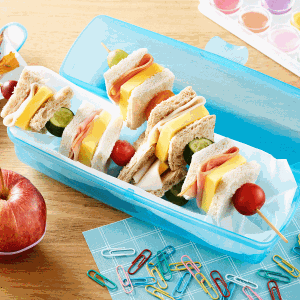
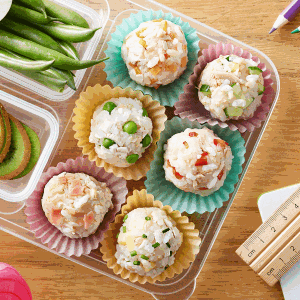
2. Lean protein
Protein is important to support muscle growth. Plus, it’s got a fullness factor.
Easy protein options for the lunchbox sandwich include hard-boiled eggs, falafel and even small tins of baked beans. Leftover meat (think homemade meatballs or roasted chicken) on a sandwich is another healthy choice. You could even make frittata or mini egg muffins – and the good news is, they taste just as good cold!
Tofu is another protein choice, and an added bonus is that it takes on whatever flavour you add to it (so you can suit your child’s tastes and preferences). Think cold tofu and noodle salad flavoured with a dash of soy sauce and ginger, or a healthy tofu and satay stir fry.
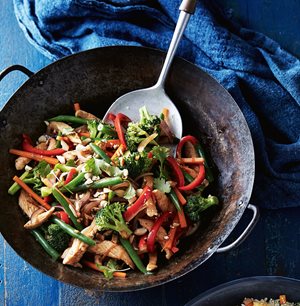
3. Vegetables
Nutrient-dense veggies contain fibre for a healthy gut and a range of vitamins and minerals to keep little one’s bodies working their best. But, as you probably can appreciate, getting your kids to eat their veggies can be a tough task.
My motto is health by stealth – hide veggies in anything and everything you can! My favourite way to hide veggies is in a tasty pasta sauce. I simply blitz a few carrots and zucchinis, slice a couple of capsicums and pour a generous amount of frozen peas and corn into the tomato base – and you can hardly tell they’re there.
There are plenty of other ways to hide those veggies – think meatballs, muffins, bakes and loaves … the world is your oyster (or at least a veggie patch).
But hiding veg isn’t the only trick up your sleeve. If you make veggies taste delicious, chances are your kids will actually want to eat them (and maybe even come back for seconds). Think: roasted veggies tossed through pasta with pesto, crunchy veggie sticks dipped in hummus or tzatziki, or grated fresh veggies in a sandwich with a little bit of cheese.
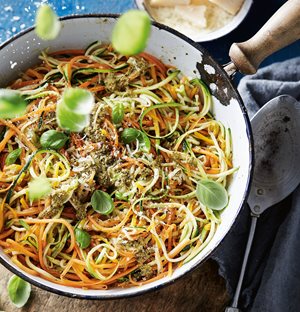
4. Fruit
Instead of energy-dense packets of chips and sugary muesli bars, a piece of fresh fruit is a nutritious snack choice that’s brimming with fibre, vitamins and minerals – but that’s not all.
What’s super important when it comes to fruit (and veggies) is that your child ‘eats the rainbow’. That’s because different coloured produce boasts unique antioxidants that fight disease.
Did you know…
- Fire-engine red fruits and vegetables, like apples, strawberries and tomatoes keep pumping hearts healthy
- Basketball orange fruits and vegetables, like rockmelon, peaches and pumpkin support your immune system
- Friendly frog green fruits and vegetables, like kiwi fruit, cucumber and avocado are important for eye health
- Pretty purple fruits and vegetables, like purple grapes, plums and beetroot are good for brain health
- Raincloud white fruits and vegetables, like bananas, onions and cauliflower support healthy bones
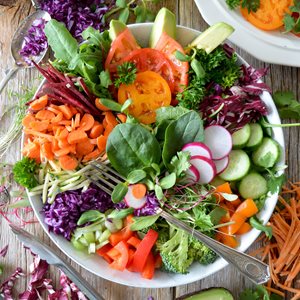
So, if a plain old piece of fruit isn’t very enticing, let your kids get creative by building their own fruit skewers from chopped up fruit. You could also bake fruit into homemade muffins, or serve them with another snack they love like yoghurt or cheese to pike their interest.
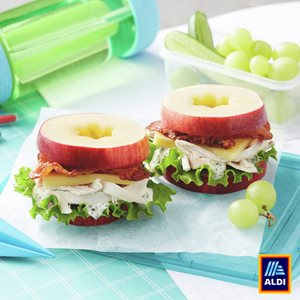
5. Dairy
Childhood and adolescence is a crucial time in terms of bone health as this is when peak bone mass is developing. Calcium is a key nutrient for this process – and dairy is an easy way to help kids meet their calcium needs. But it’s not just about calcium, dairy provides a wealth of other key nutrients, too, like protein for growing muscles, Vitamin A for healthy eyes and Vitamin B12 for nervous system function.
One of the best ways to incorporate dairy into the lunchbox is a frozen plain milk popper for morning tea (and an added bonus is that it doubles up as an ice brick to help keep lunches cool). Other options include yoghurt for morning tea, or cheese in sandwiches or lunchbox-friendly lasagne.
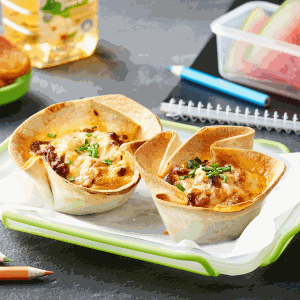
6. Water
Last but not least, drinking enough water can prevent dehydration that leads to lethargy and difficulty concentrating. You might be surprised to learn that children actually have a high risk of becoming dehydrated due to their smaller stature, so drinking enough water is key. Depending on their age, that could be anywhere from four to eight cups a day.
To encourage your child to drink more water, always pack a cold (or better yet, frozen) water bottle in their lunchbox. You could even add a few slices of citrus or berries to give it a bit of taste, or pop in a few ice cubes in fun shapes to keep them interested.
And there you have it! My top tips for packing a healthy, delicious lunchbox that will come home empty.

